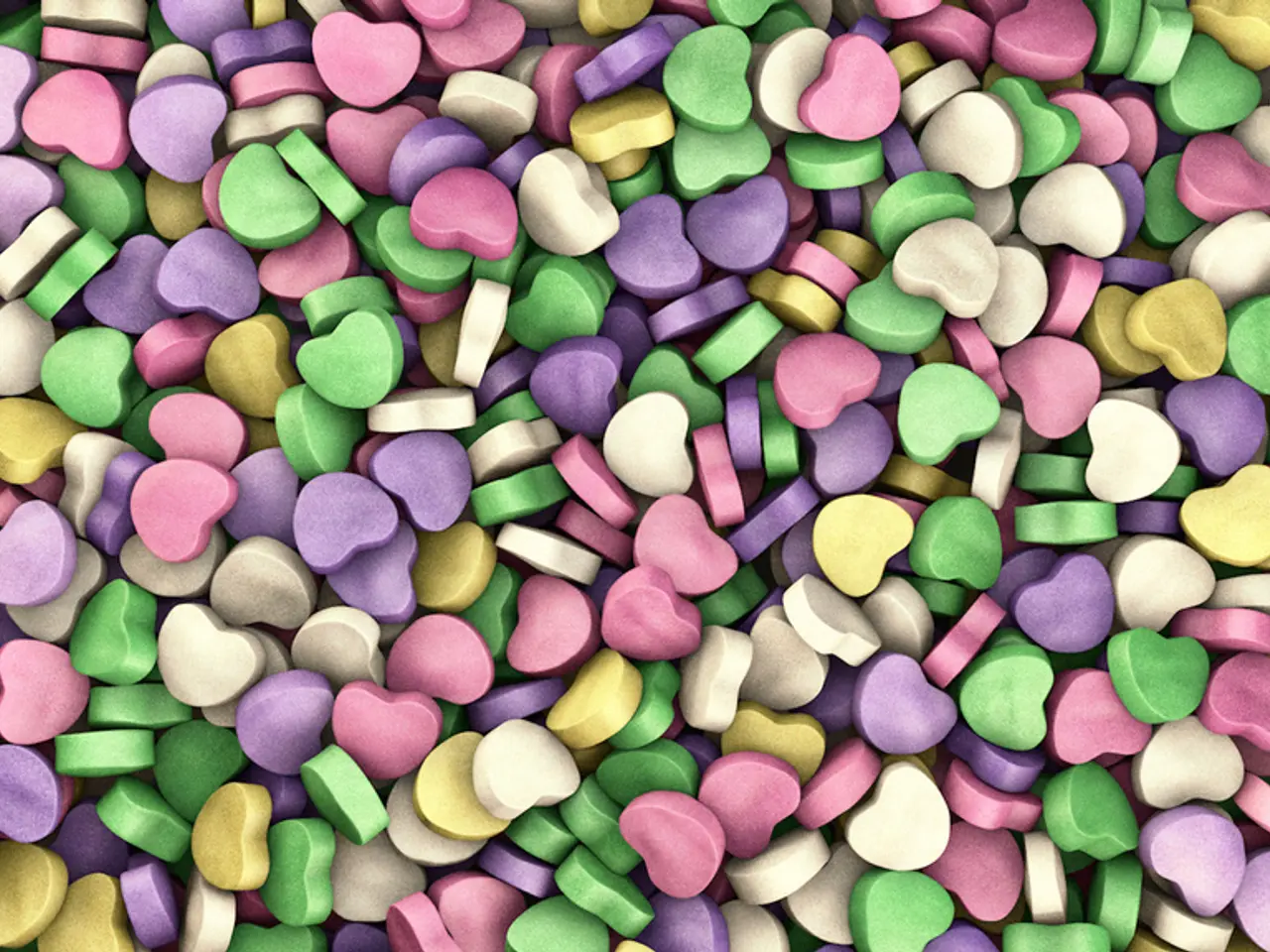Life-Saving Devices: Diverse Functions of Pacemakers and Defibrillators
Implantable Devices Offer Hope for Heart Rhythm Disorders
Many people suffer from irregular heart rhythms, and for some, these issues can be life-threatening. Fortunately, advancements in medical technology have led to the development of pacemakers and defibrillators, devices that can help regulate the heart's rhythm and potentially save lives.
Pacemakers: Regulating Slow Heart Rhythms
Pacemakers are implantable devices designed to help prevent the heart from going too slowly. They consist of a battery-operated control unit (pulse generator) and lead wire(s) threaded through veins to the heart. The lead wires are attached to the heart muscle to detect heart rate and deliver small pulses of energy when necessary.
Pacemakers are primarily indicated for bradycardia (slow heart rhythm) and conduction system diseases. In adults, the most common reason for pacemaker implantation is symptomatic bradycardia due to sinus node dysfunction or atrioventricular (AV) block. About half of pacemaker implantations occur around a median age of 73 years.
Pacemakers are widely used in older adults because age-related conduction system disease is common. Conditions such as atrial fibrillation combined with slow ventricular response, sinus node dysfunction, or AV block may necessitate pacemaker implantation. Pacemaker use in children is less common and more specialized; indications often relate to congenital heart diseases with conduction abnormalities.
Defibrillators: Rescuing the Heart from Rapid Rhythms
Implantable cardioverter defibrillators (ICDs) are devices that can send a strong "reset" signal to the heart when the bottom chambers (ventricles) are beating very fast or erratically. In some cases, a newer defibrillator has the lead placed under the skin instead of through veins and doesn't pace.
ICDs are typically used for secondary prevention after sudden cardiac arrest (SCA) or documented sustained ventricular tachycardia (VT) not due to reversible causes. They are also beneficial for patients with significant heart damage after heart attacks or poor heart muscle function due to cardiomyopathy.
For adults, ICD implantation is reasonable for patients who require ICD but have contraindications to transvenous systems, such as lack of vascular access or to preserve vascular access. Combination devices, which include ICDs with pacemaker functions, are also available and can be useful for atrial fibrillation or cardiac resynchronization in heart failure.
Combination Devices: The Best of Both Worlds
A combination biventricular-defibrillator device helps the heart pump blood more forcefully and protects against potentially fatal arrhythmias. This device, which has leads attached to the top chamber and both lower chambers (right and left ventricles), is used in cardiac resynchronization therapy.
In some cases, patients may need both a defibrillator and a pacemaker, but most defibrillators also have pacemaker abilities. The appropriate device for a patient is determined by a cardiologist through tests to determine the type of rhythm disorder and if treatment is necessary.
Summary
The indications for implanting pacemakers and defibrillators vary based on age groups, heart conditions, and clinical situations. Pacemakers are primarily indicated for bradycardia (slow heart rhythm) and conduction system diseases, while ICDs are typically used for secondary prevention after sudden cardiac arrest or documented sustained ventricular tachycardia.
Advances in medical therapy and cardiac resynchronization have altered the outcomes and patient selection over time. ICDs can save the lives of patients who have fast ventricular arrhythmias, and a combination biventricular-defibrillator device can help the heart pump blood more forcefully and protect against potentially fatal arrhythmias.
- The development of pacemakers and defibrillators, implantable devices, is essential for managing health issues related to cardiovascular health, offering hope for those suffering from heart rhythm disorders.
- Pacemakers are implantable devices used primarily for bradycardia (slow heart rhythm) and conduction system diseases, consisting of a battery-operated control unit and lead wires, intended to regulate irregular heart rhythms.
- Implantable cardioverter defibrillators (ICDs), another critical device, are used for secondary prevention after sudden cardiac arrest or documented sustained ventricular tachycardia, sending a strong "reset" signal to the heart when ventricles are beating too fast or erratically.




